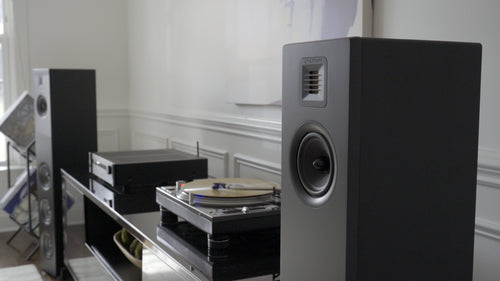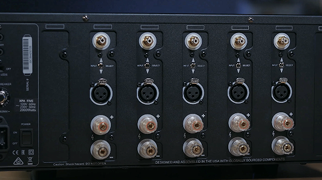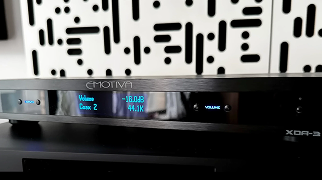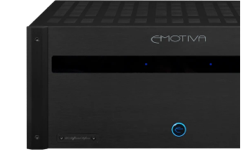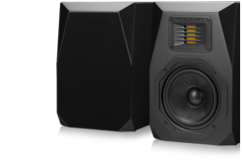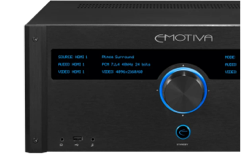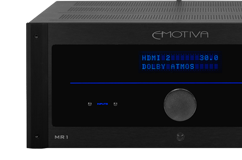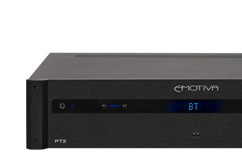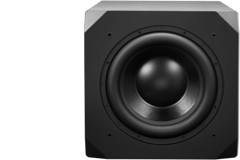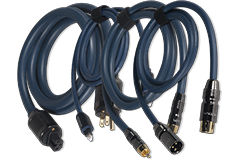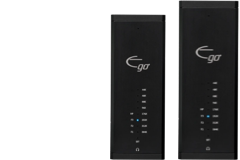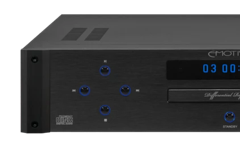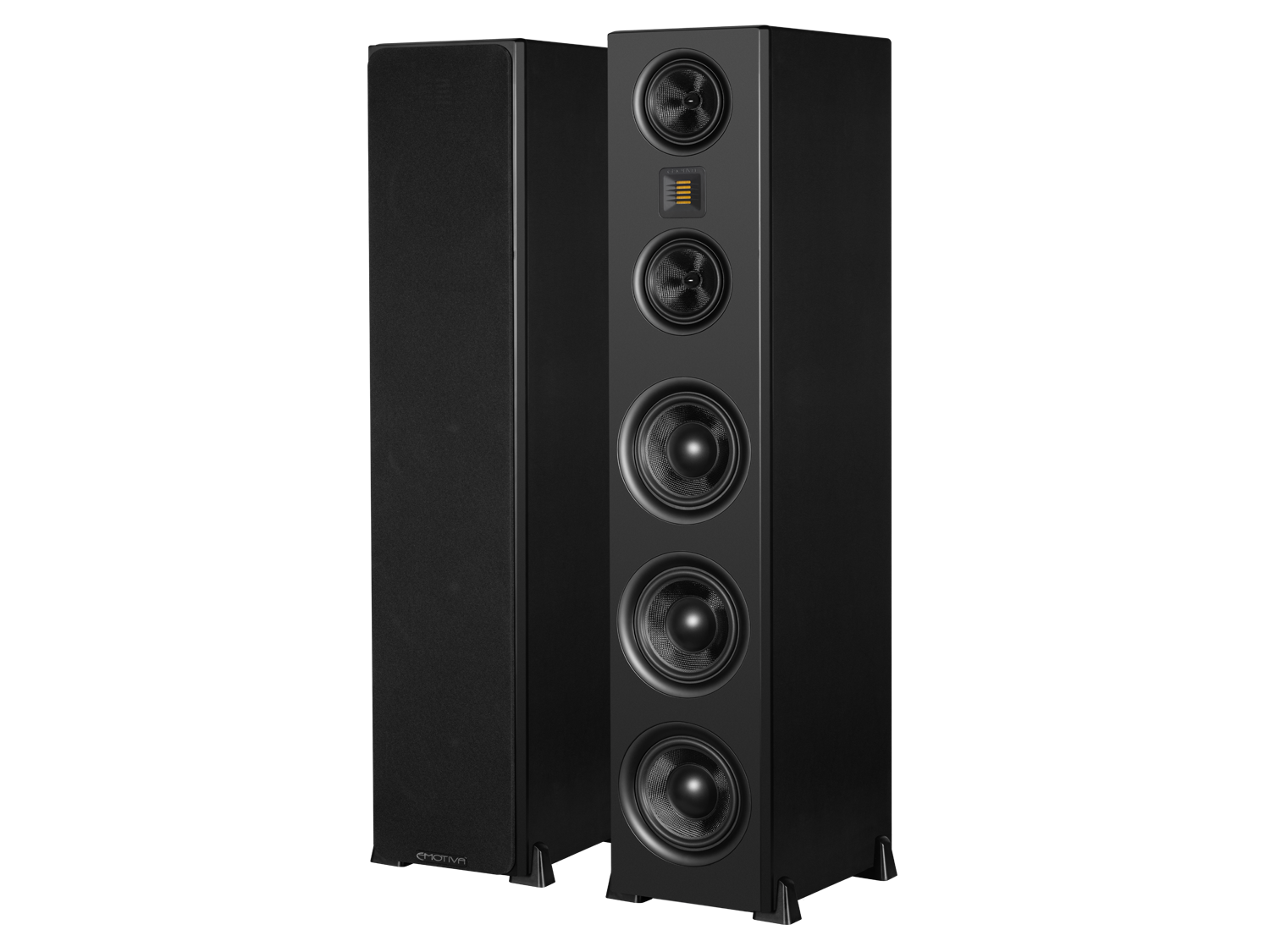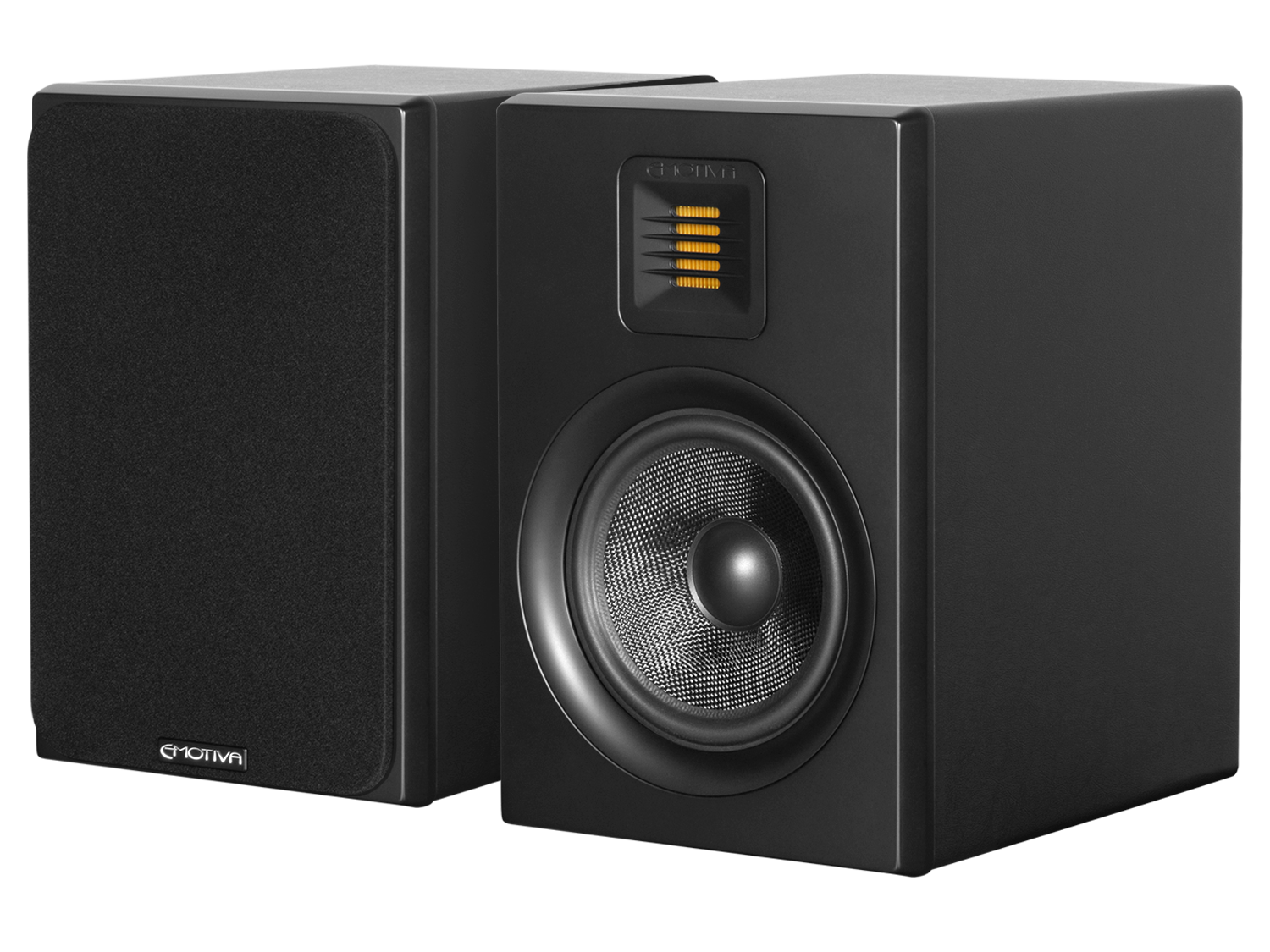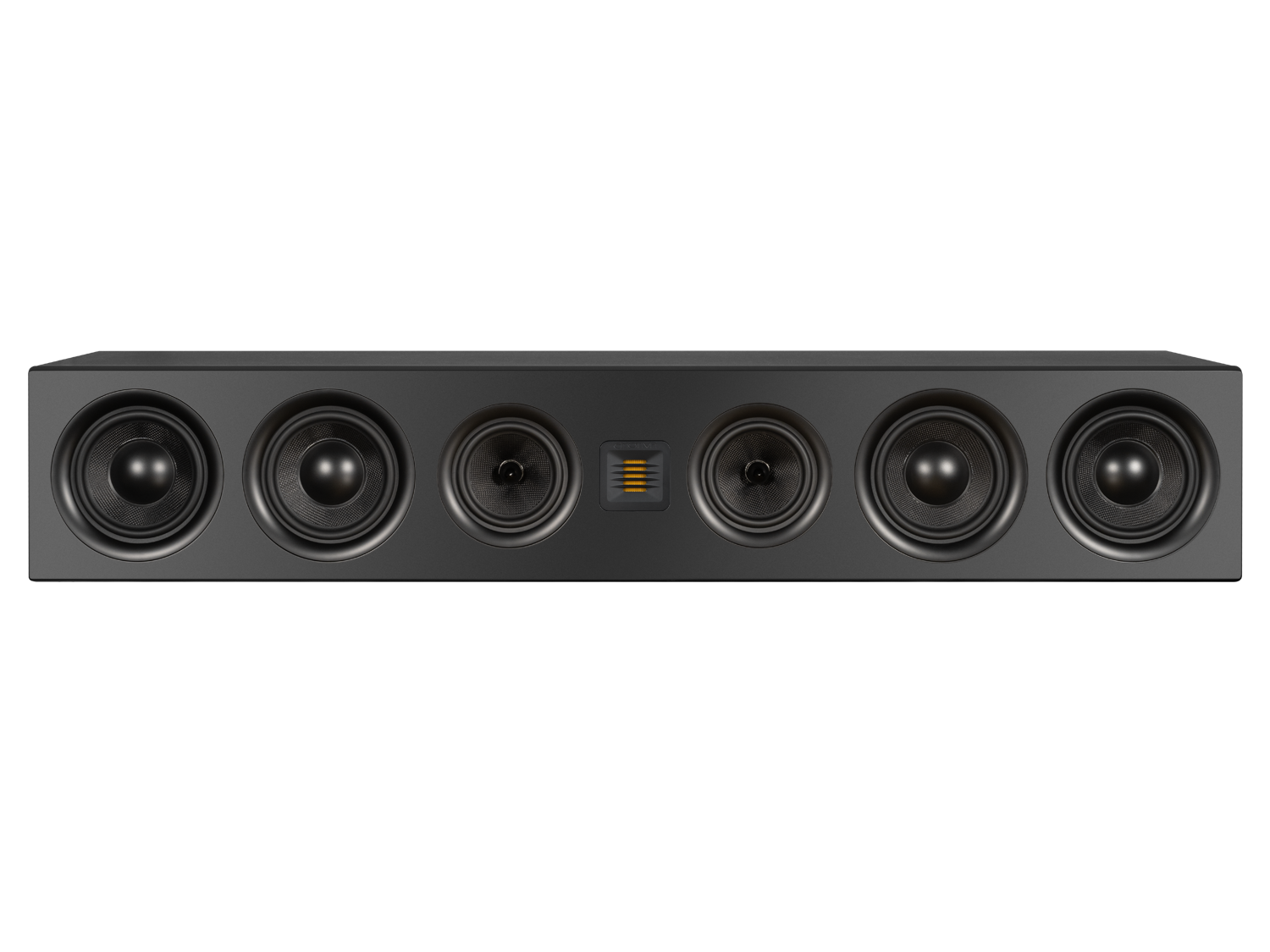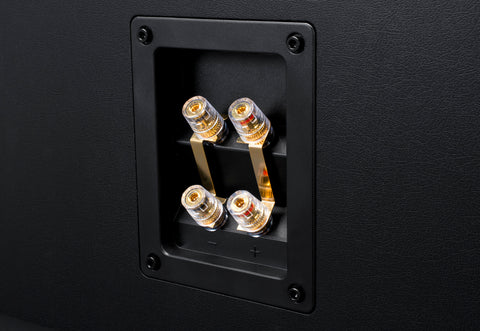
We’ve all been there: you just got some new speakers, and you can’t wait to try them out! You set them up in your space, queue up some of your favorite songs, and you’re ready to turn up the volume. That’s great, but remember that your speakers may not sound their very best when you first play content through them. It will take some time to get them sounding like they should.
New speakers arrive with moving parts, particularly in the woofers dedicated to mid and lower frequencies, and those woofers are often somewhat stiff after production. It takes some time and playback to get those woofer surrounds, and the spider in the driver loosened up.
So how do you break your speakers in? Go ahead and play some music through them. Just be aware that the sound may change slightly over time for the better. After 5 to 10 hours, the drivers should be loosened up, and your speakers should sound their best.

Why should I break in my speaker?
Breaking in your speakers allows any moving parts to loosen up, which will increase dynamics and overall response, allowing them to sound the way they are meant to sound. Often speaker manufacturers will suggest a specific break-in period, or you may read that you should play test tone material through the speakers constantly for days to break them in, and other more in-depth methods for speaker break-in.
But with most speakers, including any from Emotiva, you can break them in by just using them as typical for a few days. Any mechanical break-in should occur over just several hours of use, and we may also experience some psychological change as we get used to the sound of new speakers.
How do I break in my speakers now?
Breaking in your speakers is exceptionally straightforward: play music or any other content through them. It is as simple as that. The constant audio will help loosen up the drivers that might be stiff after the manufacturing process. To learn more, we recommend this video: https://www.youtube.com/watch?v=7WAMo2nwOYw

Break in your speaker and listen to your favorite music
What do you do when you first get a new pair of speakers? Hook them up and play your favorite songs. But, what should you look for?
Everyone has their preference for testing speakers; there is no right or wrong way to test speakers. As long as you are satisfied with your speaker's sound output, there isn't too much testing left to do!
Have your ears test a pair of Emotiva Speakers.
Share Post


